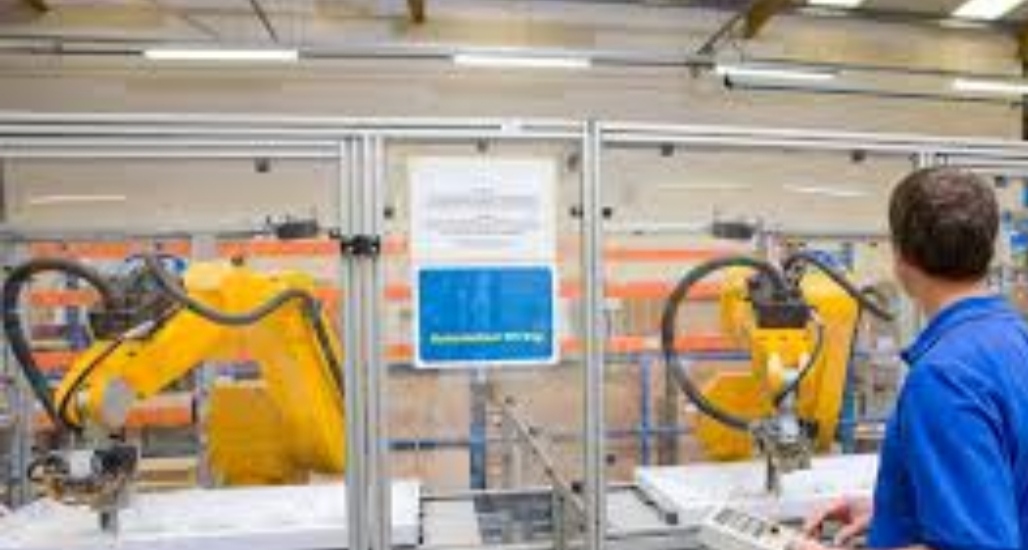We previously found that about half the activities people are paid to do globally could theoretically be automated using currently demonstrated technologies. Very few occupations—less than 5 percent—consist of activities that can be fully automated.
However, in about 60 percent of occupations, at least one-third of the constituent activities could be automated, implying substantial workplace transformations and changes for all workers.
While technical feasibility of automation is important, it is not the only factor that will influence the pace and extent of automation adoption. Other factors include the cost of developing and deploying automation solutions for specific uses in the workplace, the labor-market dynamics (including quality and quantity of labor and associated wages), the benefits of automation beyond labor substitution, and regulatory and social acceptance.
Taking these factors into account, our new research estimates that between almost zero and 30 percent of the hours worked globally could be automated by 2030, depending on the speed of adoption. We mainly use the midpoint of our scenario range, which is automation of 15 percent of current activities. Results differ significantly by country, reflecting the mix of activities currently performed by workers and prevailing wage rates.
The potential impact of automation on employment varies by occupation and sector (see interactive above). Activities most susceptible to automation include physical ones in predictable environments, such as operating machinery and preparing fast food. Collecting and processing data are two other categories of activities that increasingly can be done better and faster with machines. This could displace large amounts of labor—for instance, in mortgage origination, paralegal work, accounting, and back-office transaction processing.
It is important to note, however, that even when some tasks are automated, employment in those occupations may not decline but rather workers may perform new tasks.
Automation will have a lesser effect on jobs that involve managing people, applying expertise, and social interactions, where machines are unable to match human performance for now.
Jobs in unpredictable environments—occupations such as gardeners, plumbers, or providers of child- and eldercare—will also generally see less automation by 2030, because they are technically difficult to automate and often command relatively lower wages, which makes automation a less attractive business proposition.




